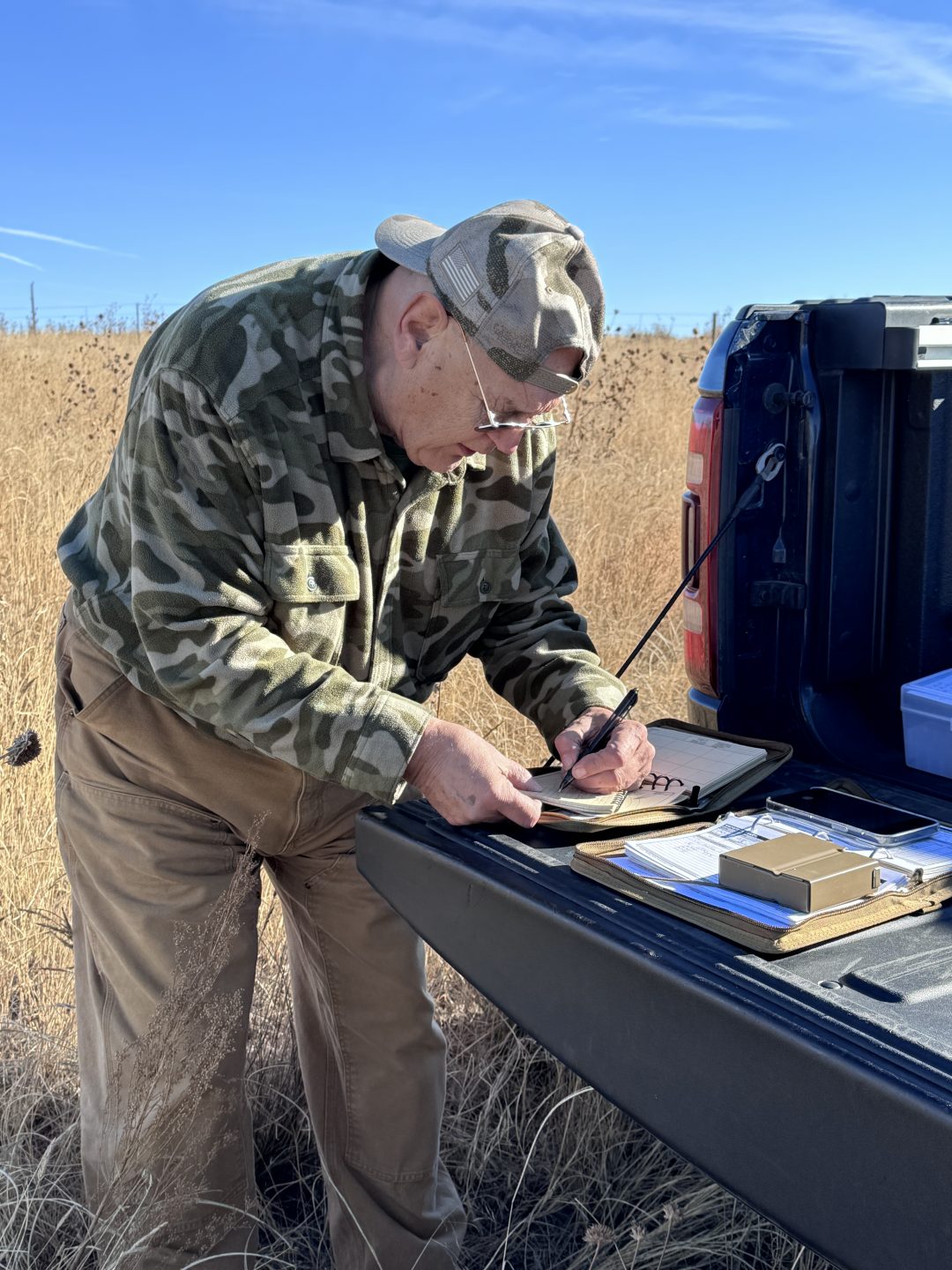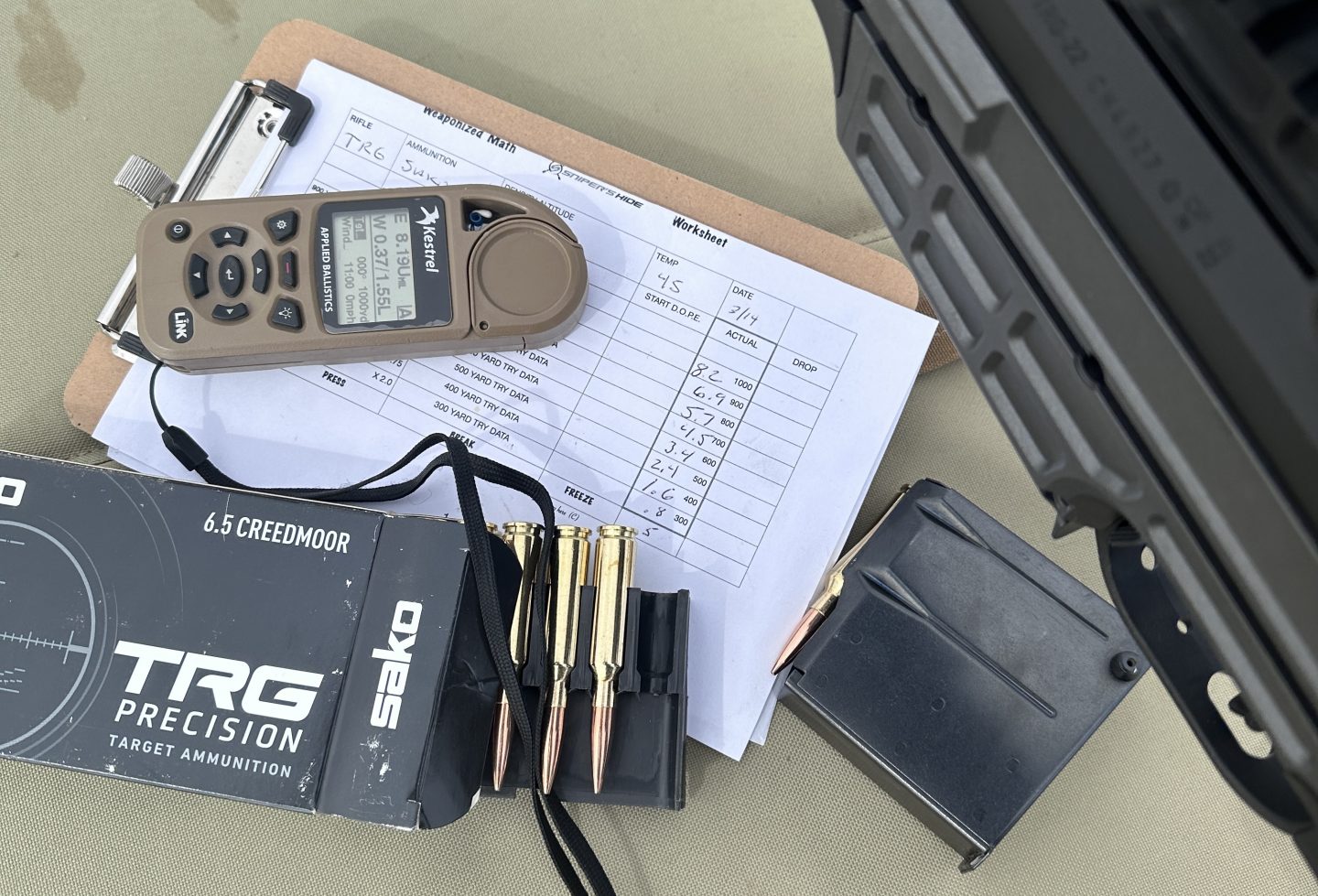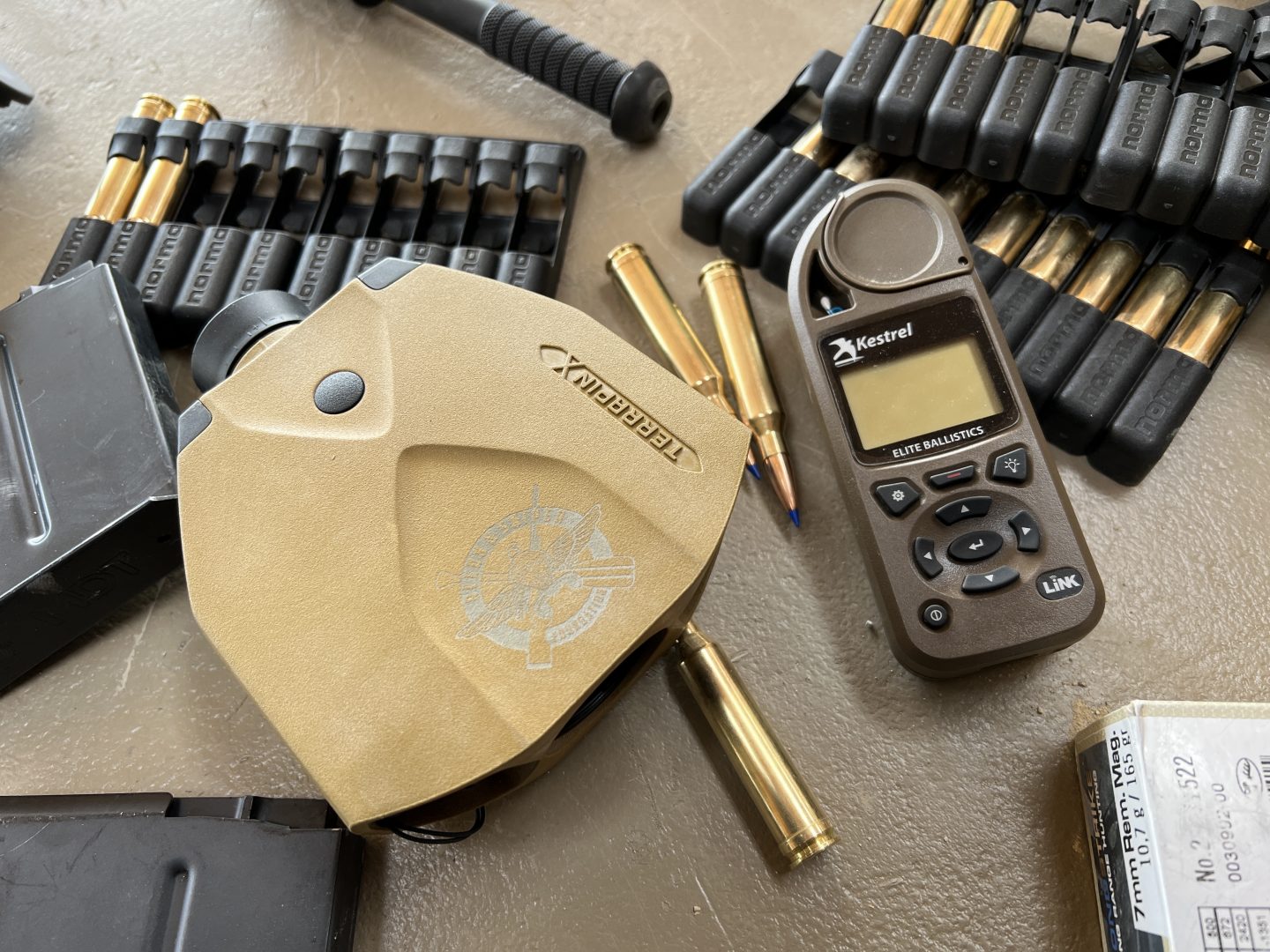When it comes to learning the art and science of precision marksmanship, the path to
mastery is seldom a smooth, or direct. By embracing a practice using a set of
approximations more commonly known as “rules of thumb” a student can quickly
progress and not get caught in the weeds that trap many other shooters from making
progress toward mastery. Lets look deeper into how the snipers hide/riflekraft project
uses rules of hand to accelerate the learning process and provide confidence and
proficiency earlier for students.
Using Rules of Thumb
Rules of thumb are practical guidelines that serve as a foundation for learning and
practicing a particular skill. These rules are based on general principles and accepted
norms within marksmanship. While they may not account for every exception or nuance,
rules of hand provide a starting point for understanding and applying a skill.

These rules are not intended to replace the depth of knowledge and expertise found in
advanced techniques, but rather to provide beginners with a framework to get started.
They act as a steppingstone towards mastery by allowing individuals to grasp the
fundamentals before diving into more intricate aspects of a skill. Later as a student
demonstrates above average proficiencies, we will break down these rules and layer in
how complicated situations need a different approach, but this is advanced and much
easier to layer in new knowledge on a foundation of experience gained by using our
rules first.
Gravity Ballistic Tie-In

For example with the Gravity ballistics method we use the rule that whatever your 300
dope is based on solid waterline impacts, your 400y dope is going to be very close to
1.75 X that drop. We use these rules to gather drop data to get people functioning faster
and not getting trapped by ballistic calculators. By focusing on the rifle and the shooter
we can get appropriate dope quickly and work on the fundamentals and calculations
necessary for developing skill sets. Later there might be enough data to show that they
have to adjust their dope .1 up or down from that but in general this will get waterline to
waterline. Furthermore, there are many reasons for an impact to be .1 high ow low that
have nothing to do with dope and while a shooter is developing their technical
knowledge this accuracy and precision allows for more precise data tuning in turn.
Common trap/advice: Don’t paralyze yourself analyzing details to the
point of becoming stuck.
Navigating New Skills
By providing a structured framework, rules of thumb are a roadmap for riflemen to
navigate the complexities of a new or complicated skill. These rules break down the skill
youre developing into manageable components, ensuring a solid foundation is built
before venturing into more complicated techniques. This structured approach helps
build confidence and competence, setting the stage for continuous improvement.
Rules of thumb also allow for a quick start. Being able to start practicing a skill sooner,
bypassing the need to learn every intricate detail from the beginning is a huge upside to
rules that are easy to learn and apply in the early stages.
The confidence and motivation gained as tangible progress is made early on, instead of feeling
overwhelmed by the vastness of a skill, pays dividends down the road also as mindset
is a large factor in high end performance. Earlier gains in performance and
understanding will compound over time and that makes your ultimate high end
performance possibilities higher down the road.
Rules, Rules, Rules…

Another technique we often start with is the 25, 50, 75 approach to wind angles from
1230, 1, 130. While 130 is not exactly 75, most shooters can calculate 75 percent of a
windspeed faster than 71 and the difference isn’t a shootable one. So, try it out and see
what the difference in speed, vs the difference in shootable error created by the 25, 50,
75 zone and ask whether a quick rule like this is worth using or if youd rather punch it
into a calculator every time.
Intuition often comes with experience: get the experience and
intuition will come.
The role of Intuition is often overlooked. As you practice and gain experience, you will
gradually refine and adjust these rules, leading to a deeper understanding of the skill.
This continuous refinement of rules based on personal experiences and insights
contributes to the development of expertise and mastery. The familiarity and repetition
provides your subconscious data to pull from and feed your intuition based on real world
experience. The more you train and reinforce these rules the faster youll catch on when
things don’t seem right.

Embracing the imperfection found in the rules is an integral part of the learning process.
Pablo Picasso has a well-known quote “Learn the rules like a pro, so you can break
them like an artist.” Striving for perfection can often hinder progress, whereas adopting
rules of thumb allows you to start learning, experimenting, and eventually mastering the
real skill of riflekraft.
Follow your Rules
Don’t find yourself stuck in a fallacy of infinite regress. The method to the madness can
be found in the recognition that these rules, although approximations, serve as
invaluable tools for improving rifleman skills. Embrace the guidelines, experiment with
them, and allow them to guide you towards the mastery you seek. The road to expertise
may be filled with uncertainties, but your riflekraft compass will help you navigate with
confidence and purpose.


